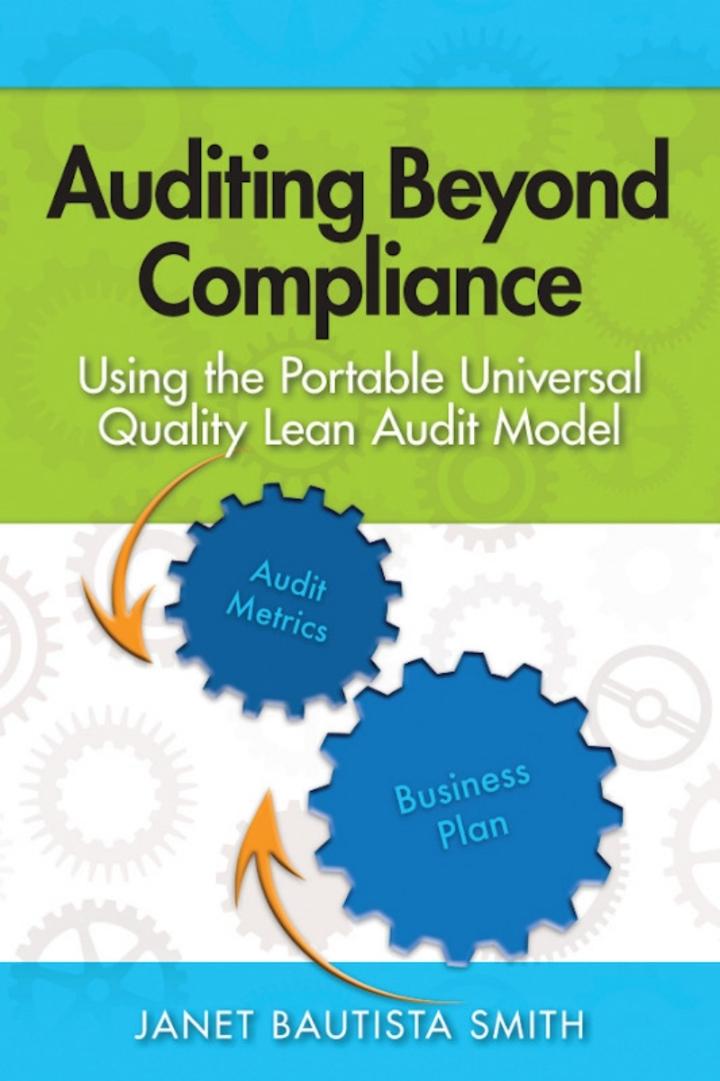ck cn Assume that Payne Company purchases 30 percent of Sloan Company's outstanding voting common so January 1 from existing stockholders for $2,000,000 cash plus 200,000 shares of Payne Company S1O par common stock with a market valug of $15 per share. Additional cash costs of the equity interest consist of S50,000 for registration of the shares and S100,000 for consulting and advisory fees. Payne Company records these events with the following journal entries (in thousands): Investment in Sloan (+A) 5,000 2,000 Cash (-A) 2,000 Common stock, at par (+SE) 1,000 Additional paid in capital -SE) 50 Investment expense (E,-SE) 100 Cash (-A) 150 Assignment of Excess Investment Cost Over Underlying Book Value of Equity (Page 32) Information regarding the individual assets and liabilities of Sloan Company at the time of the purchase is important because subsequent accounting under the equity method requires accounting for any differences between the investment cost and the underlying book value of equity in the net assets of the investee. Assume that the following book value and fair value information for Sloan Company at January 1 is available (in thousands): Book Value Fair Value Cash 1,500 1.500 2.200 Receivables-net 2.200 Other current assets Equipment-net Total assets 3,100 , The 5,000 $18,800 0ver .9 $15,000 Accounts payable Note payable, due in five years Common stock Rctained carnings Total liabilities and stockholders' equity 1,000 2,000 10,000 1,000 1,800 1307 (112) 3 The underlying book value of equity in the net assets of Sloan Company is $3,600,000 (30 percent of the S12,000,000 book value of Sloan Company's net assets), and the difference between the investment cost and the underlying book value of equity is $1.400,000. The investor assigns this difference to identifiable assets and liabilities based on fair values and assigns the remaining difference to goodwill Payne Company does not record separately the asset and liability information given in Exhibit 2-1. The $1,400,000 excess of cost over the underlying book value of equity is already reflected in Payne's Investment in h Sloan account. Under the equity method of accounting, we eliminate this difference by periodic charges (debits) Cn and credits to income from the investmenr and by equat chairges or credits to the investment original difference betiween investment cost and book value acquired disappears over the remaining lives of identifiable assets and liabilities. Exceptions arise for land, goodwill, and intangible assets life, which are not amortized under ons arise for land, goodwill, and intangible assets having an indefinite d We determined the $200,000 assigned to goodwill in Exhibit 2-1 as a remainder of the total excess of cost book value acquired ($1,400,000) over amounts assigned to identifiable assets over ck cn Assume that Payne Company purchases 30 percent of Sloan Company's outstanding voting common so January 1 from existing stockholders for $2,000,000 cash plus 200,000 shares of Payne Company S1O par common stock with a market valug of $15 per share. Additional cash costs of the equity interest consist of S50,000 for registration of the shares and S100,000 for consulting and advisory fees. Payne Company records these events with the following journal entries (in thousands): Investment in Sloan (+A) 5,000 2,000 Cash (-A) 2,000 Common stock, at par (+SE) 1,000 Additional paid in capital -SE) 50 Investment expense (E,-SE) 100 Cash (-A) 150 Assignment of Excess Investment Cost Over Underlying Book Value of Equity (Page 32) Information regarding the individual assets and liabilities of Sloan Company at the time of the purchase is important because subsequent accounting under the equity method requires accounting for any differences between the investment cost and the underlying book value of equity in the net assets of the investee. Assume that the following book value and fair value information for Sloan Company at January 1 is available (in thousands): Book Value Fair Value Cash 1,500 1.500 2.200 Receivables-net 2.200 Other current assets Equipment-net Total assets 3,100 , The 5,000 $18,800 0ver .9 $15,000 Accounts payable Note payable, due in five years Common stock Rctained carnings Total liabilities and stockholders' equity 1,000 2,000 10,000 1,000 1,800 1307 (112) 3 The underlying book value of equity in the net assets of Sloan Company is $3,600,000 (30 percent of the S12,000,000 book value of Sloan Company's net assets), and the difference between the investment cost and the underlying book value of equity is $1.400,000. The investor assigns this difference to identifiable assets and liabilities based on fair values and assigns the remaining difference to goodwill Payne Company does not record separately the asset and liability information given in Exhibit 2-1. The $1,400,000 excess of cost over the underlying book value of equity is already reflected in Payne's Investment in h Sloan account. Under the equity method of accounting, we eliminate this difference by periodic charges (debits) Cn and credits to income from the investmenr and by equat chairges or credits to the investment original difference betiween investment cost and book value acquired disappears over the remaining lives of identifiable assets and liabilities. Exceptions arise for land, goodwill, and intangible assets life, which are not amortized under ons arise for land, goodwill, and intangible assets having an indefinite d We determined the $200,000 assigned to goodwill in Exhibit 2-1 as a remainder of the total excess of cost book value acquired ($1,400,000) over amounts assigned to identifiable assets over







